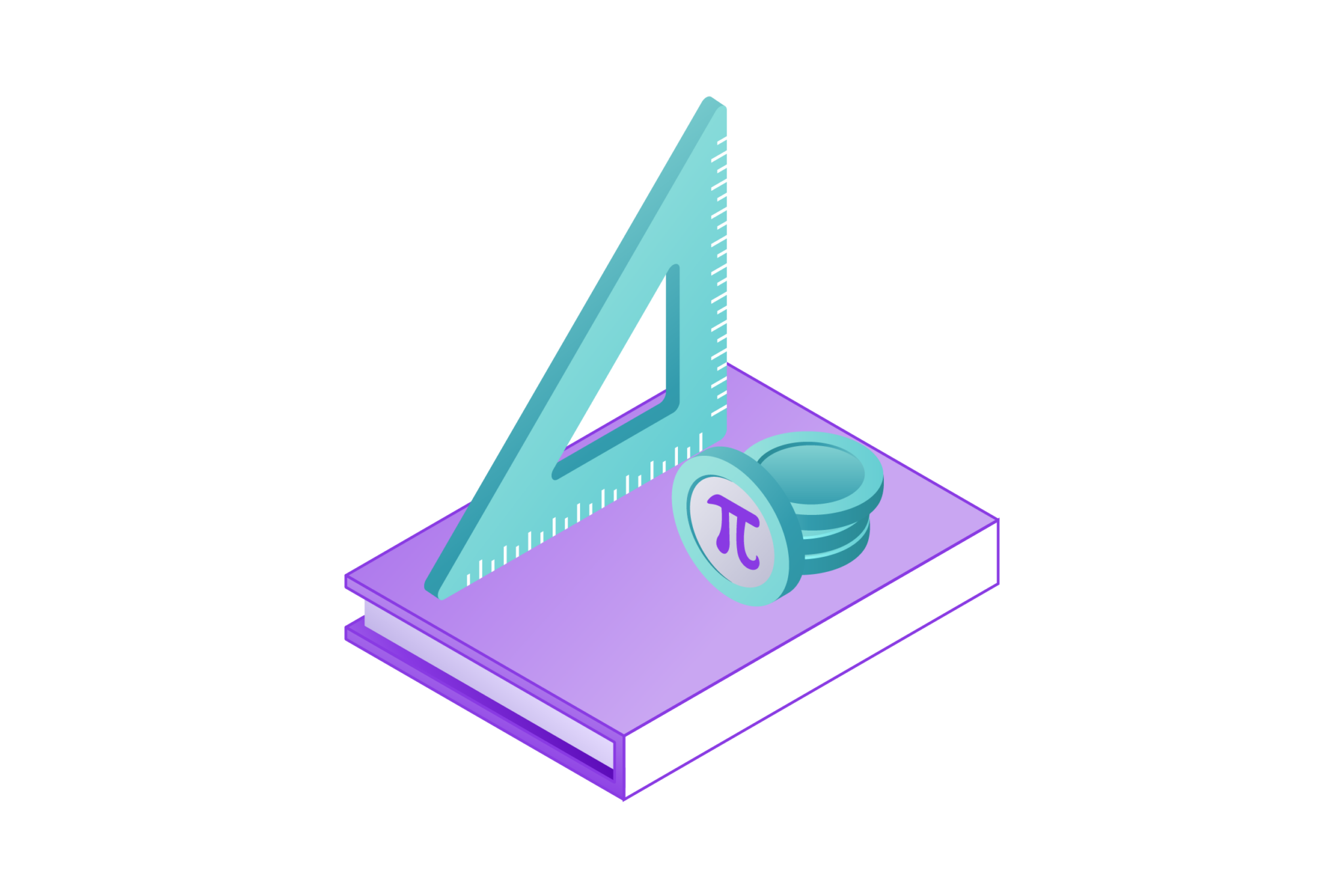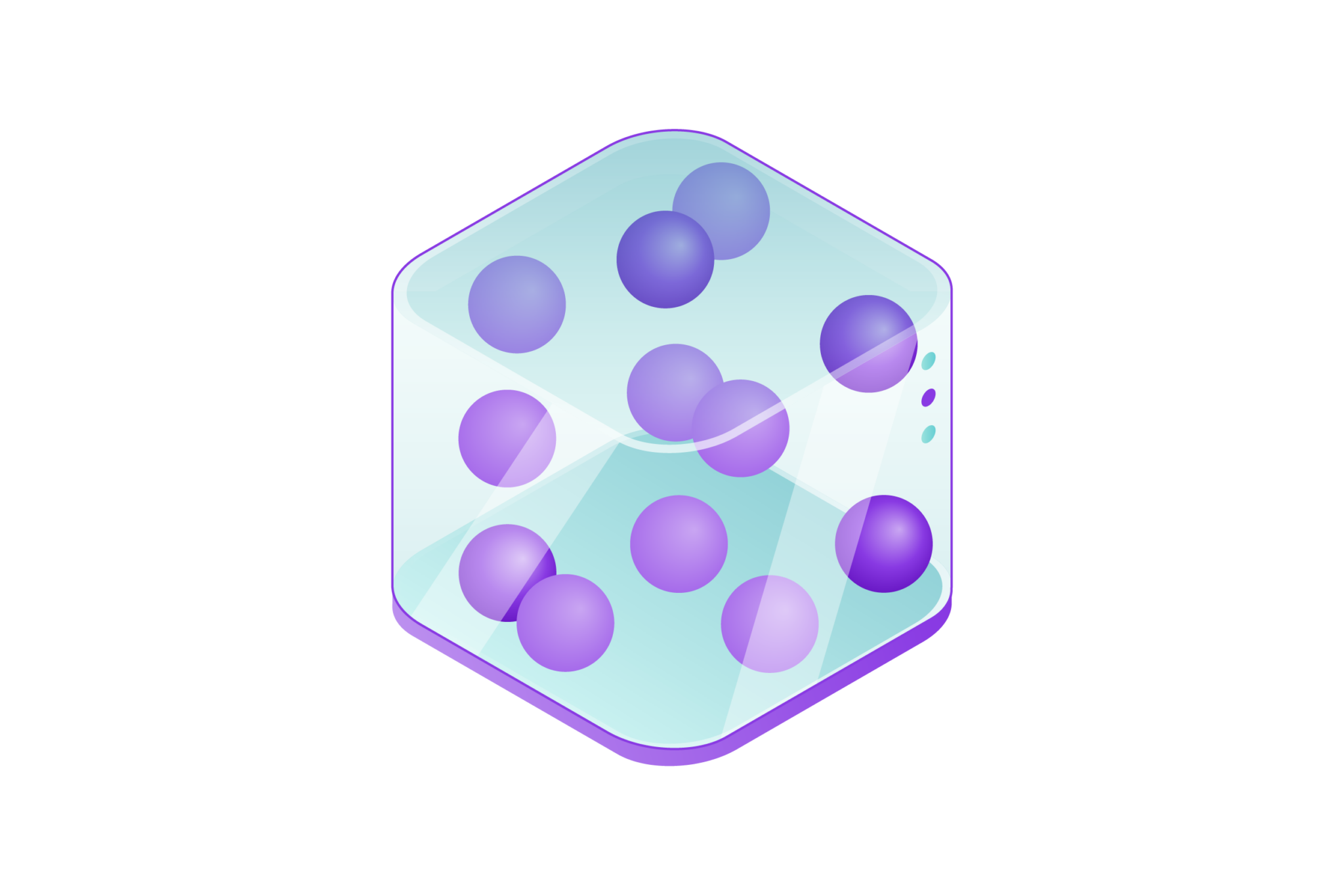
Stochastic calculus is a branch of mathematics that extends traditional calculus to deal with randomness. It plays a crucial role in modeling real-world systems where uncertainty is present. This includes applications in finance, physics, and engineering.
Unlike regular calculus, which deals with smooth and predictable changes, stochastic calculus focuses on processes that evolve with randomness over time. It provides a framework to describe how random variables change and interact. This makes it essential for understanding stock prices, weather patterns, and many other unpredictable systems.
In this guide, we will explore what stochastic calculus is, its basic concepts, and its real-world applications. We will break down complex ideas into simple explanations so that even beginners can grasp the fundamentals.
What Is Stochastic Calculus?

Stochastic calculus is a mathematical tool used to analyze systems influenced by random variables. It helps describe how uncertain processes change over time. A well-known example is the movement of stock prices, which fluctuate due to market conditions.
The foundation of stochastic calculus is built on probability theory and differential equations. Unlike regular calculus, where changes are smooth and predictable, stochastic calculus deals with abrupt and random movements. This makes it useful for fields like finance, physics, and engineering.
One of the key elements of stochastic calculus is Brownian motion, a mathematical model that describes random movement. This concept is widely used in finance to model stock prices and in physics to study particle motion.
Also Read: What Is a Tridiagonal Matrix? Breaking Down the Basics
Understanding Brownian Motion

Brownian motion is a fundamental concept in stochastic calculus that describes the seemingly random movement of particles suspended in a fluid. The phenomenon was first observed in 1827 by Scottish botanist Robert Brown, who noticed that pollen grains in water moved in an irregular, jittery manner. At the time, Brown could not determine the cause of this motion, but his discovery set the stage for future research.
It wasn’t until 1905 that Albert Einstein provided a mathematical explanation for Brownian motion. Einstein’s work demonstrated that the random movement of particles is caused by collisions with the much smaller molecules of the surrounding fluid. This explanation helped confirm the atomic theory of matter, proving that molecules and atoms exist and move continuously. Einstein’s equations also laid the foundation for stochastic processes, which are used to describe various random phenomena in nature.
In stochastic calculus, Brownian motion is an essential model used to understand unpredictable variations in different fields:
- Finance: Brownian motion is widely used to model stock price fluctuations and asset movements in financial markets. The random nature of stock price changes follows patterns similar to Brownian motion, making it an essential tool for option pricing models like the Black-Scholes model.
- Physics: It helps describe the diffusion of particles, such as how pollutants spread in the atmosphere or how heat disperses through a material.
- Biology: Brownian motion explains how molecules randomly move within cells, aiding in processes like enzyme reactions and drug diffusion in the bloodstream.
- Engineering: It plays a role in signal processing and control systems, helping engineers design robust models that account for unpredictable fluctuations in data.
Mathematically, Brownian motion is represented as W(t), where t denotes time. The changes in W(t) over short time intervals are random and follow a normal distribution with a mean of zero. This means that while the movement of a single particle may seem unpredictable, the statistical properties of a large number of particles can still be analyzed using probability theory.
One key property of Brownian motion is that it has independent and stationary increments:
- Independent increments mean that the motion in one time period does not depend on previous movements.
- Stationary increments mean that the probability distribution of changes in W(t) remains the same over equal time intervals.
Because of these properties, Brownian motion serves as a building block for stochastic differential equations (SDEs), which model systems where randomness plays a key role. These equations help scientists and analysts predict and manage uncertainty in complex real-world scenarios.
In summary, Brownian motion is more than just a random walk—it is a critical mathematical tool used to model and analyze unpredictable processes in various disciplines. Whether it’s tracking stock prices, studying molecular movement, or designing engineering systems, understanding Brownian motion is essential for grasping the core principles of stochastic calculus.
Stochastic Differential Equations (SDEs)

A stochastic differential equation (SDE) is a mathematical equation used to describe systems that evolve over time with an element of randomness. It is similar to an ordinary differential equation (ODE) but includes a component that accounts for unpredictable changes. Unlike ODEs, which describe purely deterministic systems, SDEs are used to model processes where randomness plays a significant role.
Key Components of an SDE
An SDE consists of two main parts:
| Component | Description | Example |
| Deterministic Part | Describes the predictable trend or behavior of the system. | The gradual increase in temperature over a day. |
| Stochastic Part | Introduces randomness, often influenced by Brownian motion. | Sudden fluctuations in stock prices. |
This combination allows SDEs to accurately model systems that experience both smooth changes and unpredictable fluctuations.
Applications of SDEs in Different Fields
SDEs have a wide range of applications across multiple disciplines. Some of the most important areas where SDEs are used include:
| Field | Application | Example |
| Finance | Used to model stock prices and interest rates. | The Black-Scholes model for option pricing. |
| Physics | Describes particle movement in fluids and gases. | Predicting the diffusion of molecules in liquids. |
| Biology | Helps model population dynamics and spread of diseases. | Studying disease outbreaks in epidemiology. |
| Engineering | Used in control systems and signal processing. | Modeling random noise in electrical circuits. |
| Climate Science | Helps forecast long-term weather trends with uncertainty. | Modeling temperature variations due to climate change. |
These applications show how SDEs are essential for analyzing real-world systems that contain elements of randomness.
Solving SDEs: Challenges and Methods
Unlike ordinary differential equations (ODEs), which often have explicit solutions, SDEs are more challenging to solve. Since they involve random variations, finding exact solutions is usually impossible. Instead, mathematicians and scientists use approximation methods and numerical simulations to estimate solutions.
Common Methods for Solving SDEs
| Method | Description | Use Case |
| Euler-Maruyama Method | A simple numerical approach that extends the Euler method for ODEs to handle randomness. | Used in finance for stock price simulations. |
| Milstein Method | An improved version of the Euler method that provides better accuracy. | Used in engineering for control systems. |
| Monte Carlo Simulations | Uses repeated random sampling to estimate the behavior of a system. | Used in risk analysis and weather prediction. |
These numerical methods allow researchers to simulate complex systems and make predictions even when exact solutions are unavailable.
Stochastic differential equations are a powerful tool for modeling uncertain and unpredictable systems. Unlike regular differential equations, they include a randomness component, making them suitable for real-world applications like finance, physics, biology, and engineering.
By understanding the key components of SDEs and their applications, we can better analyze complex systems that evolve over time. Since solving SDEs is often difficult, scientists rely on numerical techniques like the Euler-Maruyama method and Monte Carlo simulations to approximate solutions.
As technology advances, SDEs will continue to play a crucial role in scientific research, engineering designs, and financial models, helping us make sense of the randomness in the world.
Also Read: What Is Asset Allocation Backtesting? Essential for Modern Investors
Applications of Stochastic Calculus
Stochastic calculus is widely used in various fields to model systems that evolve with uncertainty. Because many real-world processes are influenced by randomness, traditional calculus alone is not sufficient to describe them. Stochastic calculus extends the capabilities of mathematical modeling by incorporating probabilistic elements, making it essential in disciplines such as finance, physics, engineering, biology, and medicine.
Below, we explore the key applications of stochastic calculus in different domains.
1. Finance
One of the most well-known applications of stochastic calculus is in financial mathematics. Financial markets are highly unpredictable, with stock prices, interest rates, and exchange rates fluctuating due to a mix of economic factors, investor sentiment, and external shocks. Stochastic calculus helps model these fluctuations and plays a crucial role in:
| Application | Description |
| Stock Price Modeling | Helps estimate how stock prices change over time using stochastic processes like Geometric Brownian Motion (GBM). |
| Risk Management | Assists in assessing market risks by using probability-based models to predict future asset movements. |
| Portfolio Optimization | Helps investors decide how to distribute assets to maximize returns while minimizing risk. |
| Derivatives Pricing | Forms the basis of the Black-Scholes model, which is used to determine fair prices of options and other financial instruments. |
For example, the Black-Scholes model, one of the most famous equations in finance, uses stochastic differential equations (SDEs) to describe how an asset’s price evolves over time. Without stochastic calculus, modern financial markets would lack the advanced models used for trading, investment strategies, and risk management.
2. Physics
In physics, stochastic calculus is used to describe random processes that influence particle movement, diffusion, and energy transfer. Many physical systems experience random fluctuations that cannot be captured using deterministic equations alone.
| Application | Description |
| Brownian Motion | Models how particles suspended in a fluid move due to collisions with smaller molecules. |
| Heat Diffusion | Describes how heat spreads in a material, incorporating randomness due to molecular motion. |
| Quantum Mechanics | Helps explain the probabilistic nature of quantum systems, such as wave function evolution. |
| Turbulence Modeling | Used to study chaotic fluid flows, where randomness plays a key role in behavior prediction. |
For example, Einstein’s work on Brownian motion provided one of the first practical uses of stochastic calculus in physics. By applying stochastic differential equations, scientists were able to describe and predict how microscopic particles move unpredictably in a fluid. Today, similar mathematical models are used in climate science, materials engineering, and astrophysics.
3. Engineering
Stochastic calculus is critical in engineering disciplines, especially those involving uncertainty, noise, and system reliability. Engineers use stochastic models to ensure systems remain stable and efficient under uncertain conditions.
| Application | Description |
| Signal Processing | Helps filter noise from signals, making communication systems more reliable. |
| Control Systems | Used in robotics and automation to design controllers that handle unexpected disturbances. |
| Reliability Analysis | Assesses system failure probabilities to improve safety in transportation, aerospace, and manufacturing. |
| Structural Engineering | Predicts the long-term effects of random environmental factors like earthquakes and wind loads on buildings. |
For instance, in signal processing, stochastic calculus helps remove unwanted noise from audio, video, and radio signals, improving clarity and transmission quality. Similarly, in control systems, engineers use stochastic models to design adaptive control mechanisms for self-driving cars, aircraft autopilot systems, and robotic arms.
4. Biology and Medicine
Biological and medical systems are inherently uncertain, as they involve complex interactions between cells, organisms, and environments. Stochastic calculus helps in modeling and predicting various biological processes, including disease spread, drug distribution, and genetic mutations.
| Application | Description |
| Epidemiology | Models the spread of infectious diseases by incorporating randomness in transmission rates. |
| Drug Delivery | Describes how drugs disperse and interact with biological tissues in unpredictable ways. |
| Genetic Variation | Helps study random mutations and genetic drift in populations. |
| Neuroscience | Models electrical signals in the brain, where neurons fire in a stochastic manner. |
For example, stochastic models are used in epidemiology to predict how diseases like COVID-19 or influenza spread through populations. These models help policymakers determine the effectiveness of interventions like vaccinations and lockdowns.
Similarly, in drug development, stochastic calculus is used to understand how medication disperses in the bloodstream, ensuring optimal dosage and effectiveness.
5. Climate Science and Environmental Studies
Climate and environmental systems involve complex, unpredictable interactions between the atmosphere, oceans, and ecosystems. Stochastic calculus is crucial for climate modeling, pollution tracking, and resource management.
| Application | Description |
| Weather Prediction | Models uncertain factors in weather forecasting, improving accuracy. |
| Ocean Current Modeling | Describes how ocean currents evolve with random fluctuations. |
| Air Pollution Studies | Predicts the spread of pollutants in the atmosphere. |
| Ecosystem Dynamics | Models population changes in species affected by unpredictable environmental shifts. |
For example, in weather forecasting, meteorologists use stochastic models to estimate future temperature changes, storm patterns, and precipitation levels. Since climate systems are affected by thousands of small, random influences, deterministic models alone cannot provide accurate long-term forecasts.
In environmental science, stochastic calculus helps track how pollutants spread in air and water, guiding efforts to control and reduce environmental damage.
Conclusion
Stochastic calculus is a powerful mathematical tool used to model random processes. It extends regular calculus by incorporating randomness, making it useful for real-world applications in finance, physics, engineering, and biology.
By understanding concepts like Brownian motion and stochastic differential equations, we can describe unpredictable changes in systems. This helps in analyzing stock prices, predicting weather patterns, and studying molecular movements.
Although stochastic calculus can be complex, its impact on various fields makes it an important subject to learn. As technology advances, its applications will continue to grow, shaping how we understand and model uncertainty in the world.
Disclaimer: The information provided by Quant Matter in this article is intended for general informational purposes and does not reflect the company’s opinion. It is not intended as investment advice or a recommendation. Readers are strongly advised to conduct their own thorough research and consult with a qualified financial advisor before making any financial decisions.

I'm Carina, a passionate crypto trader, analyst, and enthusiast. With years of experience in the thrilling world of cryptocurrency, I have dedicated my time to understanding the complexities and trends of this ever-evolving industry.
Through my expertise, I strive to empower individuals with the knowledge and tools they need to navigate the exciting realm of digital assets. Whether you're a seasoned investor or a curious beginner, I'm here to share valuable insights, practical tips, and comprehensive analyses to help you make informed decisions in the crypto space.
- Carinahttps://quantmatter.com/author/carina/
- Carinahttps://quantmatter.com/author/carina/
- Carinahttps://quantmatter.com/author/carina/
- Carinahttps://quantmatter.com/author/carina/
